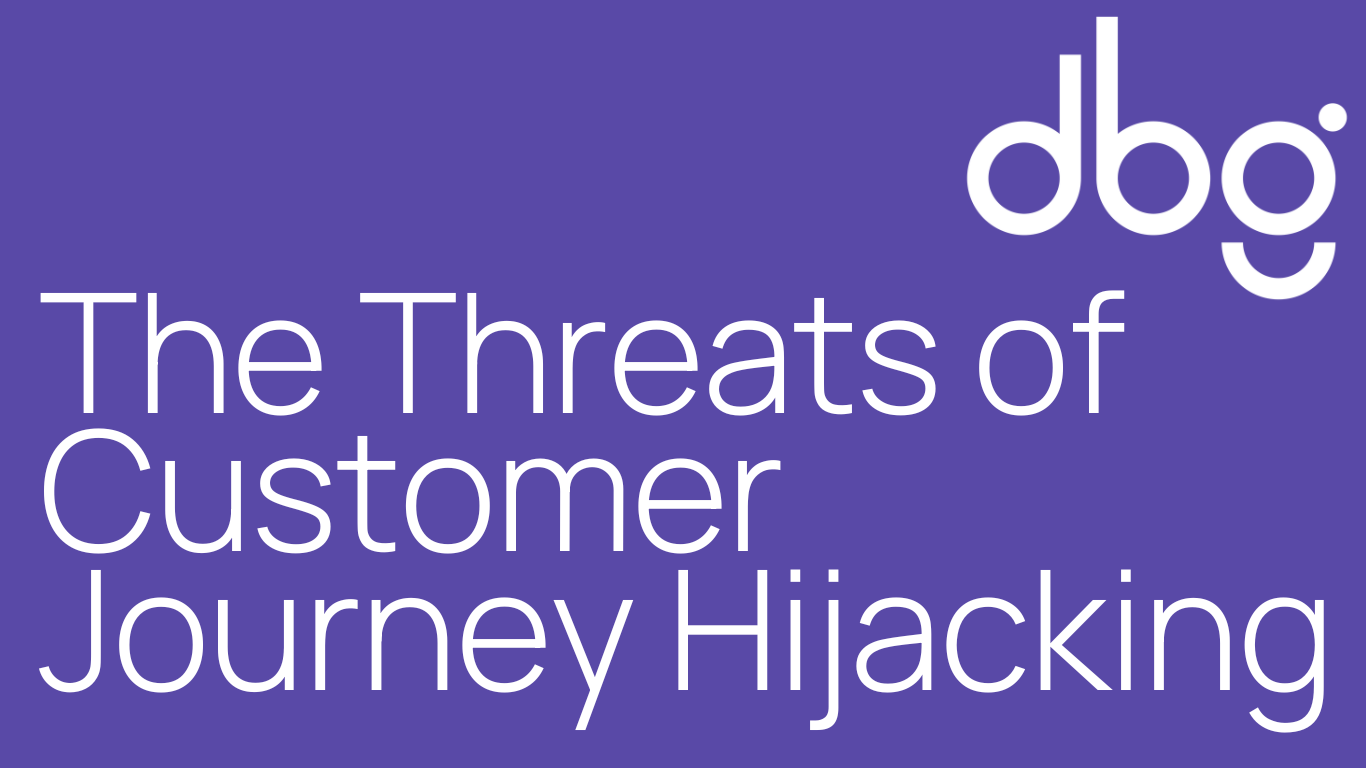 Customer Journey Hijacking, also known as client-side injected malware, is a covert threat that disrupts the online customer experience. This malicious activity occurs when third-party code, often while the business or the customer is unaware, infiltrates a website and alters the user’s journey.
Customer Journey Hijacking, also known as client-side injected malware, is a covert threat that disrupts the online customer experience. This malicious activity occurs when third-party code, often while the business or the customer is unaware, infiltrates a website and alters the user’s journey.
These alterations may include unauthorised pop-ups, ad injections, and unauthorised redirects, all designed to divert users to competitors or fraudulent sites.
The resulting damage can impact the businesses through lost revenue as visitors are led away from the intended purchase path, affecting conversion rates and undermines marketing and advertising efforts.
The disruption can also discredit a trustworthy online environment, affecting customer trust and damaging the brand’s reputation. And, in some cases, customer journey hijacking may infringe on privacy regulations and lead to legal ramifications for the affected business.
In fact, today, during 15% to 25% of online shopping sessions, the shopper will be exposed to unauthorised ads displayed by adware, WiFi hijacking, or both.
A report by Namogoo provides valuable insights, and reveals that while this threat affects a wide range of industries, eCommerce is particularly susceptible. The report also highlights the methods used by cybercriminals to inject malicious code, which include browser extensions, malvertisements, and compromised supply chains.
The battle against Customer Journey Hijacking requires a multi-faceted approach:
• Monitoring and Detection: Implement real-time monitoring and detection tools to identify and prevent hijacking attempts.
• Security Protocols: Enhance security protocols to protect your website from third-party code injections.
• User Education: Educate customers on safe online practices to help them recognise and report suspicious activity.
• Legal Measures: Consider legal action against entities responsible for hijacking your customer journeys.
By staying vigilant, implementing robust security measures, and educating customers, you can protect your digital storefront from this hidden threat and provide the seamless online experience that customers expect and deserve.
